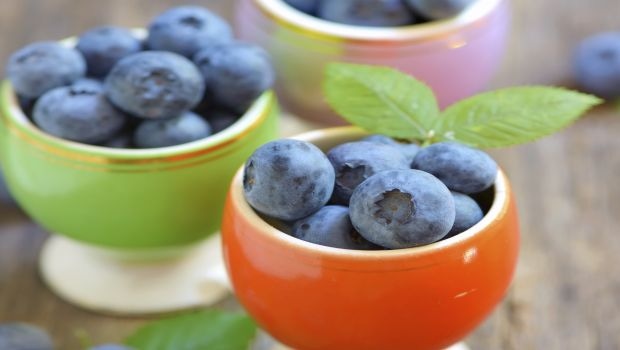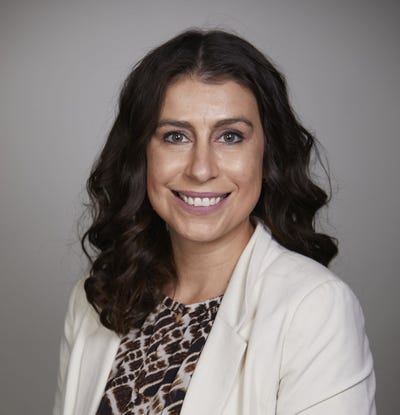Formulating and testing antioxidant products takes a certain expertise to ensure consumers get the benefits they desire.

Like all things in life, free radicals are about balance. Too many of them can lead to oxidative stress, aging and disease; too few means the body isn’t undergoing its normal processes.
Free radicals are produced when the body encounters stress, but they also come from the normal activities humans need to thrive, such as breathing, metabolizing and exercising.
“Free radicals play a dual role in humans as both toxic and beneficial compounds," said Shaheen Majeed, marketing director, Sabinsa Corp. “The delicate balance between their two opposite effects is undoubtedly a key aspect of life."
And consumers are starting to understand the connection between fortified foods and supplements with antioxidants and improved health outcomes.
However, market research from Datamonitor Consumer and Leatherhead Food Research found consumers are unsure about what antioxidants actually do for them, and they don’t appear to understand what antioxidants are or how they can benefit the body.
Even though consumers aren’t exactly sure why antioxidants are beneficial, they know they are healthy, and most (51 percent of U.S. adults) said they were trying to get more antioxidants, according to the Hartman Group.
However, the benefits of specific antioxidants won’t get to the consumer if they aren’t formulated into products correctly. They are designed to donate electrons, but they won’t be able to do that if they are denatured early due to unstable processing methods.
“Formulation can affect the antioxidant efficacy of a product if it inhibits the uptake of its antioxidant components from the digestive system," said Carolina Burki-Sozzi, director of product development at Horphag Research.
Formulation expertise is essential for ensuring stability, delivery and bioavailability of the antioxidant, all of which are needed for efficacy.
Strategies to improve bioavailability and stability of antioxidants include overages and combining ingredients that offer synergistic benefits.
Testing antioxidant status is also crucial to ensuring a product meets label claims, but there’s debate on the best way to determine a product’s antioxidant status. The ORAC (oxygen radical absorbance capacity) method is most commonly used and accepted worldwide, but it has limitations, such as only measuring antioxidant activity against particular radicals (peroxyl).
Because of the specificity of antioxidants, many ingredient suppliers use tests that are optimized for their specific ingredient.
Choosing the correct method for antioxidants will help substantiate claims and guide formulation of efficacious products, which could help consumers better understand the benefits of these inflammation-reducing ingredients. Learn more about testing methods, formulation tips and market data on antioxidant products in the article “Creating Potent Antioxidant Products for the Right Demographics" in INSIDER’s Antioxidants Content Library.
About the Author(s)
You May Also Like






.png?width=800&auto=webp&quality=80&disable=upscale)